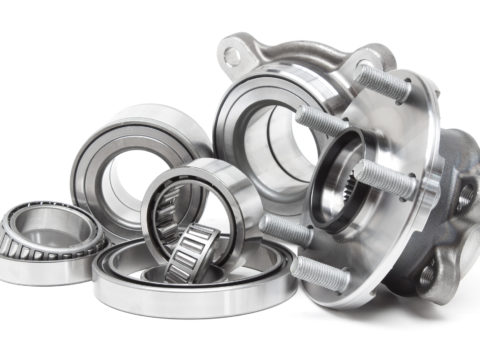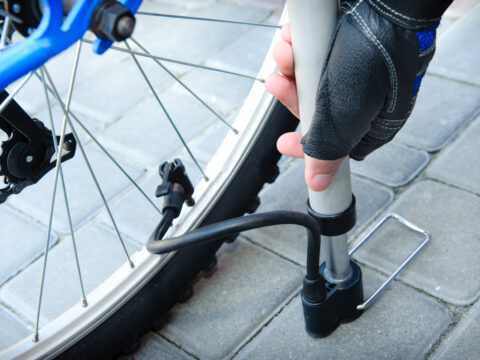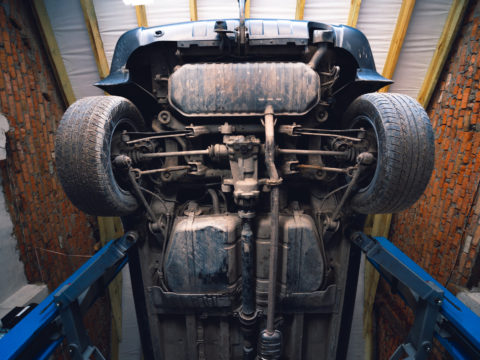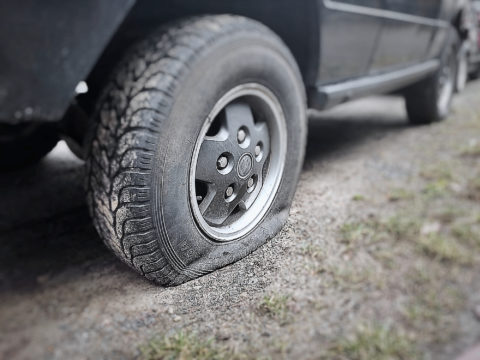If you have a vehicle with a rear differential and have questions or concerns about functionality, components, or where to purchase parts, this guide can help clear up some points. There are various types, so knowing the differences is crucial to finding the right style for your driving requirements.
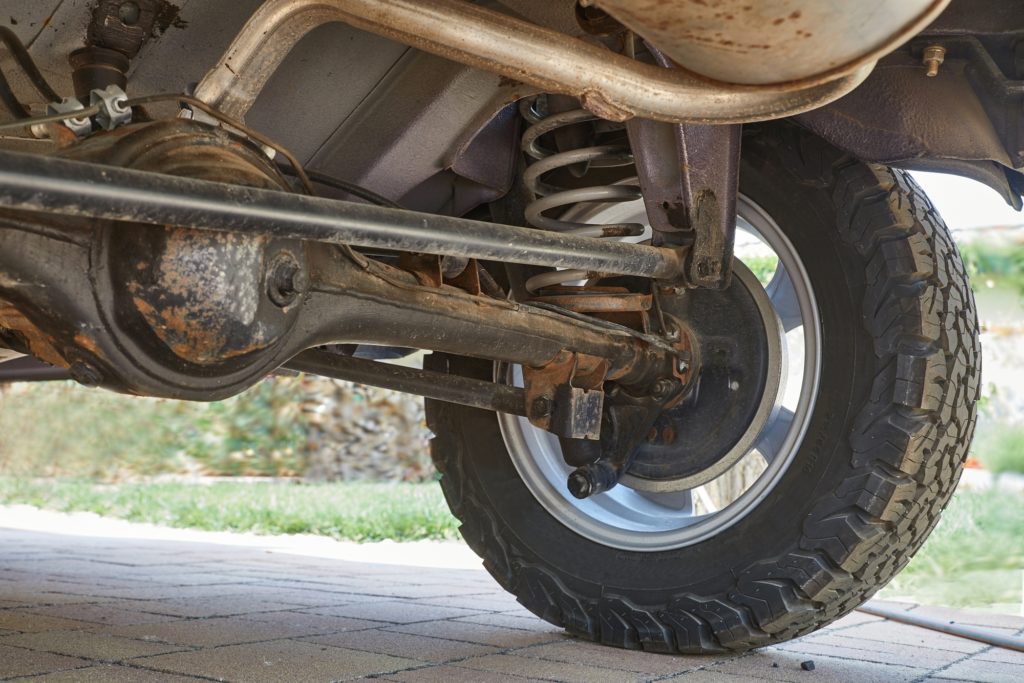
Contents
What Is a Rear Differential?
Rear differentials are essential parts of a real-wheel-drive vehicle acting as a gear train. These critical components help direct power to the wheels for optimal driving, especially during turns.
There are several types of rear differentials, including:
- Limited-slip
- Automatic or manual locking options
- Open
- Torque-vectoring
Each type carries advantages, depending on the application and the use of the vehicle. Although this is not a complete list of rear differential types, these four options are the most common that you may see in the automotive market.
If your vehicle is not performing as it should or requires alternative handling, you may need a different rear differential build style.
Limited-Slip Differential
This style of rear differential allows the vehicle to provide alternative torque to each tire. This limitation helps to minimize any slipping while driving around corners and on uneven terrain.
Typically, it will increase torque for the outer wheels or the wheels with the most traction while reducing torque on the ones with less grip on the road surface. This way, it will not slip as much, which can cause a driver to lose control.
Automatic or Manual Locking Options
These differential styles allow the axles to lock together, providing the best traction possible. Consequently, this action forces the tires to rotate at identical speeds, and the wheel in a low traction situation will not receive any torque, while the tire with the most traction has the focus of all the torque.
These differentials are ideal in off-roading situations that sport uneven ground or chances of becoming stuck in mud, dirt, or sand.
This way, the vehicle can continue to move out of challenging terrain.
Open Differentials
Open rear differentials provide power to the wheels and allow an opportunity to turn independently. This feature helps minimize hopping, instability during driving, and uneven or excessive tire wear.
Consequently, open differentials are not ideal for driving on uneven surfaces or slippery conditions.
In addition, this differential style provides torque to the tire with the least amount of traction in these situations, causing the tire to spin or slip.
Torque-Vectoring
Torque-vectoring rear differentials are common in high-performance cars. This style helps deliver torque to one wheel and allows the vehicle to rotate.
It is also beneficial in under or over-steering situations to provide exceptional control during operation.
It is highly efficient in delivering the correct amount of torque to the wheels that require it most. This feature can also aid in improving fuel economy.
Where Is It Located?
With a rear-wheel-drive vehicle, the rear differential is at the back of the automobile on the rear wheel axle between the two rear wheels. It connects to the transmission or transfer case through the driveshaft.
Rear Differential Diagram

Simplified Working Principle Of a Differential
A differential contains gears that work together to help maintain traction while driving. It takes the longitude power from the transmission and transfers it horizontally 90° to the wheels at the rear of the vehicle using many internal gears to achieve changing the direction of force successfully.
Rear differentials provide equal torque to both sets of tires while going around corners but effectively increase the outside wheel’s speed and lower the inside wheel’s speed.
This function aids in traction control and reduces the chances of a vehicle’s tires spinning out of control when facing uneven or low-traction surfaces.
Rear Differential Parts
Each component in a rear differential plays a part in drive operation. Therefore, if one piece is not working correctly, the others will suffer and cause damage or failure to the entire rear differential.
● Axle Housing and Shaft
The axle housing is the protective metal layer that encases parts of the assembly. They keep water, dirt, and debris from entering the rear differential, which could cause damage or failure.
The axle shaft aids in connecting to the side gears and delivering power from the transmission to the wheels.
● Axle Shaft Side Gear and Spider Gears
Rear diff axle shaft side gears sit on the end of the axle and require the spider gears (tiny gears on the axle shaft) for movement control. Each will turn at an alternate speed dictated by these small gears when turning.
● Bearings
The rear differential contains both side bearings and pinion bearings within the assembly. Pinion bearings work with the small smallest gears by helping to minimize friction during movement and improve efficiency.
Side differential bearings have a tapered shape, making them more effective at allowing the casing to spin inside the housing. In addition, they press up onto the differential case, keeping it secure and preventing wobbling or movement during use.
● Gaskets and Seals
The rear differential includes several gaskets and seals to ensure that dirt and grime do not enter the gears. These components help protect all the internal gears and parts from corrosion, dirt, grime, or other exterior elements.
Side seals prevent differential oil from getting into the rear brakes.
The pinion seal secures the pinion shaft housing on the rear differential, protecting it from outside elements.
The rear differential gasket is the protective seal that secures the housing cover to the entire assembly.
● Pinion Gear and Shaft
The pinion shaft holds and supports the pinion gears. It is a separate housing from the rear differential.
The pinion gears transfer power from the transmission and supply it to the ring gear.
● Ring Gear
Also known as the crown wheel, the ring gear transfers power to the entire rear differential assembly. Therefore, it moves to a flange that sits on the differential casing.
● Universal Joint
The universal joint is the connecting piece for the transmission, the rear differential, and the driveshaft. It is flexible to allow movement during operation so the rear axle can move up and down over uneven surfaces without breaking or damaging the driveshaft.
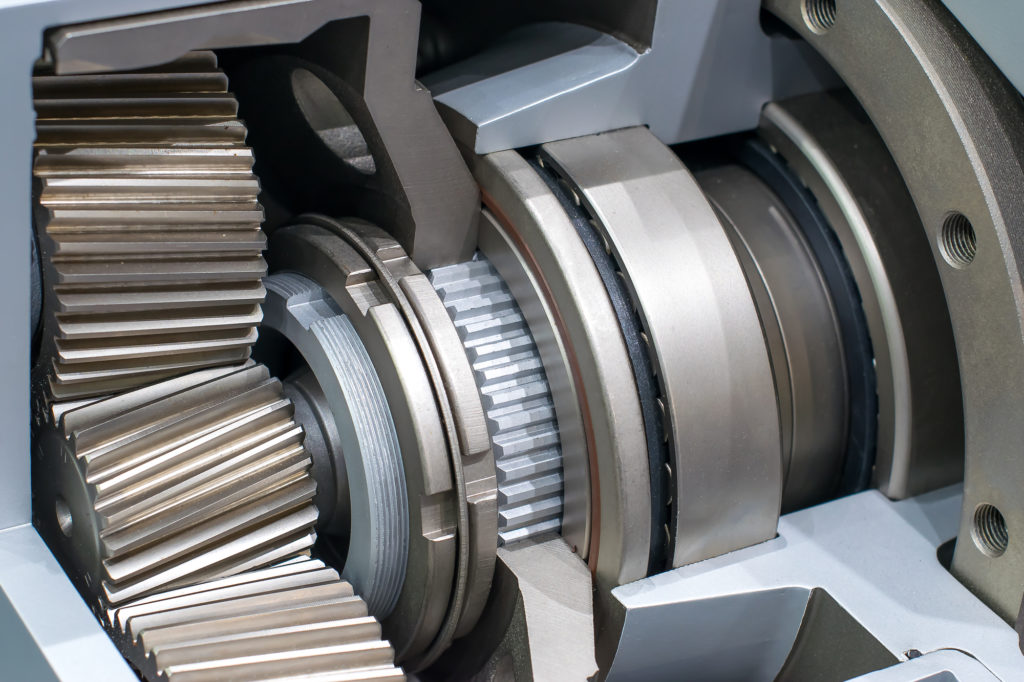
Functions Of a Rear Differential In a Car
The rear differential serves multiple functions for the smooth operation of a car. Alternatively, you can find rear differentials in rear-wheel, all-wheel-drive, and 4WD vehicles that contain these components.
Although, in the all-wheel-drive and 4WD systems, the rear differential is just one piece of the complete steering system.
Allows For Proper Turning
Rear differentials are a vital component to optimal turning during driving. They ensure that inside tires do not turn at the same speed as the outside ones. This feature provides the driver with more control during cornering.
Transfers Power From the Transmission To the Wheels
The transmission sends power to the driveshaft, which connects to the rear differential. This power makes the driveshaft rotate, consequently turning the wheels, propelling the car to move.
Modifies Wheel Rotation
No matter what rear differential type you have with your car, they all modify the wheel rotation speed. While some styles will provide more torque to outside wheels, others lock the power in so both tires spin at the same rate.
Because of these differences, how the rear diff modifies the wheel rotation will depend on the purpose and driving environment.
Where To Buy Differential Parts
Many local auto parts stores and dealerships can provide rear differential parts when you need them. However, if you are planning on tackling this complex repair job on your own, it is critical that you use the correct parts for your vehicle’s year, make, and model.
Many specialized retailers carry an extensive array of rear diff parts for various vehicles. Some popular choices for purchasing differential parts include:
Rear Differential FAQs
How much does it cost to replace a rear differential?
If there is substantial damage to the rear differential that cannot be repaired and needs a replacement, you are looking at a hefty bill from your mechanic.
Depending on the make and model of your vehicle, you should expect upwards of $4,000 to replace this critical component.
Of course, if you perform this replacement yourself, you can save on labor costs and can start at approximately $1,500 or more for the part alone.
But, naturally, the age and model of your vehicle will also determine the total parts cost.
If you want a less-expensive option, opt for a rebuilt rear differential. These components are refurbished and can provide the same functionality at a lower cost.
Can you drive with a broken rear differential?
Driving a vehicle with a broken rear differential will produce significant vibrations during high speeds. This side-effect can affect your ability to control the car properly while operating.
If you have a broken rear differential, maintain slow speeds and pay a visit to your nearest mechanic as soon as possible.
If you wait too long to address a broken rear diff, it can damage the transmission, tires, and other engine components.
How often should the rear differential fluid be changed?
You should change the rear differential fluid every 30,000 to 60,000 miles, but that is still a significant variance. To determine the precise recommendations, be sure to check your owner’s manual as each make and model of vehicle will differ for fluid changes.
Of course, erring on the side of caution is ideal, and it is always best to change the fluid earlier than later.
How much oil goes in a rear differential?
When filling your rear differential, expect to fill it up to three quarts of fluid. You do not have to worry about overfilling it either, so there is no need to concern yourself about failure due to over-filling.
Is a rear differential leak serious?
Not all leaks are serious. It can be as simple as a cracked seal or broken gasket if you notice a rear differential leak.
These situations are easy to remedy, but they can turn severe if you leave them too long without addressing the problem.
The rear differential can suffer costly damage if it progresses to a serious leak where the gears do not have ample lubrication.
Cracks in seals and gaskets can also allow dirt and grime to enter the housing, which can cause internal damage also.
Can you rebuild a rear differential?
You can rebuild a rear differential, but it will depend on why it fails or has problems initially. While some rebuilds can save you money over replacing the entire diff, other times, the price to rebuild each component will end up costing more than going with a total replacement.

